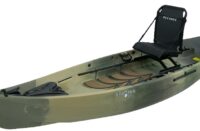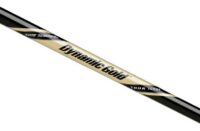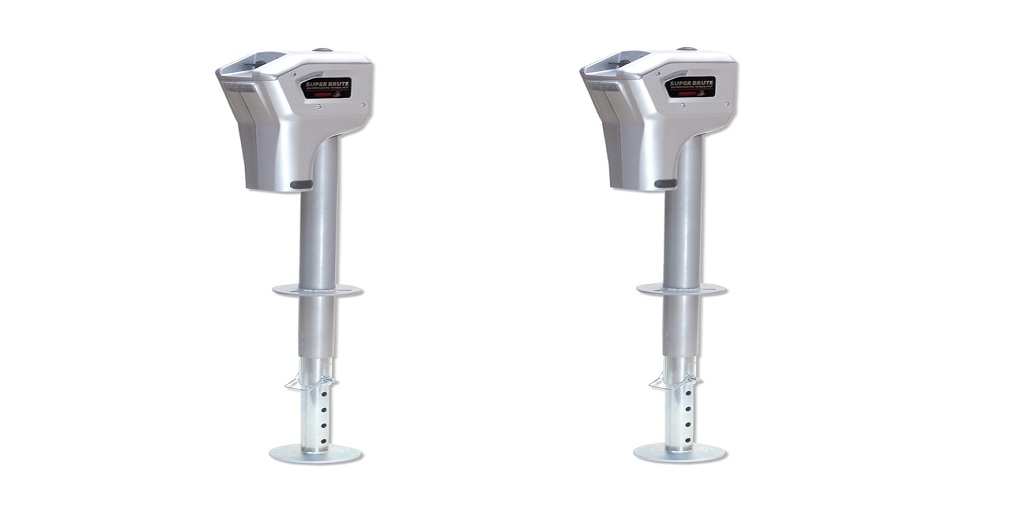Whenever carbon fiber products are mentioned, most people picture high-end cars or professional-grade sporting goods. The smooth checkered surface of sleek carbon fiber parts has also made it an extremely attractive option for manufacturers that want to give their products a futuristic look and feel.
However, the cost of manufacturing carbon fiber products still represents an obstacle for many, forcing designers to limit its use or make utilitarian calculations before experimenting with composite fibers.
Nobody seems to remember that the steel industry went through similar pains. Today, steel is almost everywhere as it is being mass-produced through automated processes that virtually do not require human contact from the point of extraction to the finished product. But less than a hundred years ago, almost every piece of steel had to be manually formed, making it an extremely labor-intensive industry.
Carbon fiber seems to be slowly moving in the same direction, and costs are now a fraction of what they used to be a decade ago. This has allowed manufacturers to experiment with composites and grant their products the added benefits of this high-performance material.
The aerospace industry was among the first to fully embrace the use of composites for obvious reasons. Carbon fiber parts can be as strong as those made with metal, but will only add a fraction of the weight. This strength-to-weight ratio is what makes composites so valuable as companies are now able to build lighter parts and frames that require less energy to be lifted off the ground.
The best-selling passenger plane in history, the 787 Dreamliner, uses carbon fiber reinforcements that make it ideal for airline companies that want to keep operation and maintenance costs down. So the extra cost of working with carbon fiber is greatly offset by huge long-term savings thanks to the drastically increased performance.
When working on his SpaceX Starship project, Elon Musk and his team of materials engineers worked on designs that would take advantage of carbon fiber. Most people think they switched back to steel because of costs, but it was actually about how temperature variations affected hull integrity. Musk still pursues the use of carbon fiber on his Tesla cars. Companies in the EV industry understand that weight is the enemy they have to beat to increase independence range and lower energy requirements.
But, as stated before, carbon fiber products today are not limited to big tech or space industries. As prices go down, and specialized manufacturers like Protech Composites enter the market offering high-quality carbon fiber sheets and panels, more businesses routinely encounter imaginative ways to take advantage of this super material. The industry is projected to grow steadily in the next few years at an 8.6% CAGR, so the future of carbon fiber products looks really bright.
Today, Protech Composite supplies businesses from all over the country, helping them find creative ways to leverage the advantages of composites and create carbon fiber products that position them among the most innovative manufacturers in their industry. If you have a project that would benefit from the unmatched performance and aesthetics of carbon fiber, contact Protech Composites and let them take your products to the next level.









![[Pretty Much] Everything You Wanted to Know About Unicycle Seatpost Clamps](https://www.enewsdiary.com/wp-content/uploads/2023/09/1024512-64-90x60.jpg)


